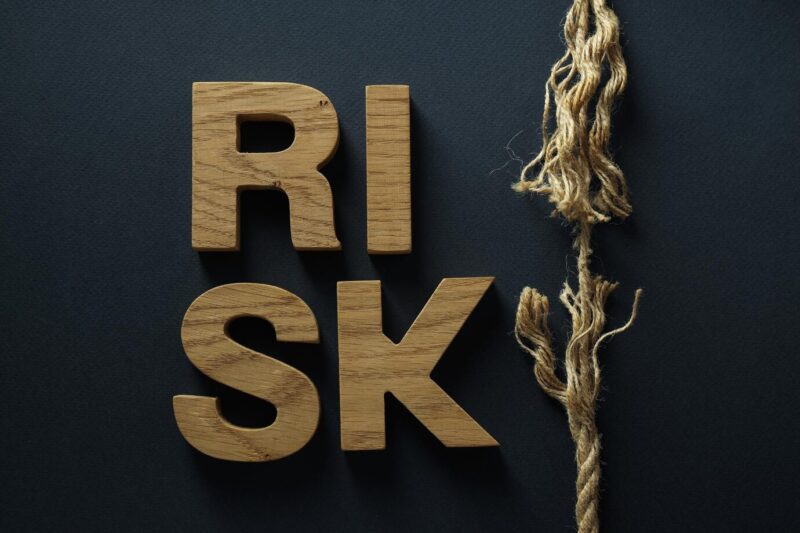Thinking about trading as a young investor can feel a bit like deciding to go out on a Friday night: you know you want to do it, but there’s a lot to consider before you jump in.
It’s tempting to see those online success stories and think, “I can do that!” But trading isn’t about luck or a couple of quick wins. You need some essentials in place before you even touch the market.
Key Points to Remember
- Know why you want to trade; a clear goal is vital.
- Always start with a realistic budget.
- Learn about market hours; balancing time is crucial.
- Use platforms that fit your needs.
- Learn risk management; minimize your losses as you learn.
1. Set Clear Goals

Everyone wants to make money, but a clear goal is more than just “I want to be rich.” Goals can range from saving for college, funding a side project, or even just wanting to get a feel of the market.
Defining a goal keeps you focused. It’s like putting a pin on a map—you know where you’re headed, which helps when things get challenging.
Without a clear target, trading becomes more like gambling. You don’t need to predict the future, but you do need a purpose that’ll keep you grounded, even when the numbers turn red.
2. Create a Realistic Budget
Think about it: would you blow your rent money on a single risky trade? Trading requires budgeting. Only invest what you can afford to lose. Set an amount aside that won’t keep you up at night if the market doesn’t swing in your favor.
Some platforms, like Binomo, cater well to beginners, letting you trade with as little as $1. They even have accounts that start at just $10. This lets you learn without risking your savings.
You can explore options, test your strategies, and get familiar with the platform without the fear of major loss. Binomo’s approach gives you flexibility, making trading accessible even if you’re just starting out.
This platform also has some unique perks, like letting you trade on weekends and open multiple positions at once. So, if you’re juggling a job and only have weekend time, you’re still covered.
3. Choose Your Trading Time Wisely
Market hours can become a hassle if you’re trying to trade while balancing work or school. Some markets open at 9 AM and close by 4 PM, while others run 24/7. Knowing your market’s schedule helps you plan when to trade. For instance, day trading is intense; it’s like having another job on top of your day job.
If you’re new and want flexibility, start small, maybe in the evenings or weekends, and build from there. Weekends are ideal if you’re short on time—some platforms even offer options for weekend trades.
4. Build Risk Management Skills

Every trade has a risk. You might have heard stories of people losing all their funds overnight. That’s the harsh side of trading. But there’s a way to minimize your losses while maximizing your chances of profit: risk management.
Set limits on how much you’re willing to lose in a single trade and how much you’re willing to gain. This way, you avoid emotional decisions. In trading terms, this is called a stop-loss order. By setting a stop-loss, you cut off losses before they drain your account. A little planning goes a long way here.
5. Learn the Basics of Market Analysis
Market analysis is the process of understanding why prices move up or down. You don’t have to be a genius in economics to grasp the basics. Start with simple concepts like support and resistance levels (the lowest and highest points a price can hit). Charts, indicators, and trends are key tools to keep in mind.
Helpful Basics of Market Analysis
| Key Concept | Definition |
| Support Level | The price point where demand is strong enough to stop the price from falling. |
| Resistance Level | The price point where selling pressure prevents a price from rising. |
| Trends | The general direction the market is moving over a certain period. |
| Technical Indicators | Tools used to predict future price movements, like moving averages. |
6. Start Small and Learn as You Go
Think of your first few trades as test runs. Don’t dive into the deep end. Begin with a small amount to build confidence and understand how trades work.
Watching charts might feel like a video game, but real money is at stake. Building your trading “muscles” by starting small will help you grow in the long run. Keep practicing and learning, and don’t expect instant success.
FAQ
1. How much money should I start with?
Starting with what you’re comfortable losing is ideal. Some platforms allow trading with as little as $1 per trade.
2. Can I trade part-time, or do I need full availability?
You can trade part-time. Some platforms allow trades every day, making it easier to fit into a busy schedule.
3. What happens if I lose money in a trade?
If you set a stop-loss, you minimize losses. Risk management ensures that a single loss won’t wipe out your entire budget.
4. Do I need to analyze charts for every trade?
Basic chart knowledge helps, but for beginners, simple indicators and trends are good starting points.
5. How often should I trade as a beginner?
Start with a manageable pace. One or two trades daily or even weekly helps you learn without overwhelming yourself.
Getting into trading can be exciting, but a solid strategy keeps the excitement under control and helps you stay grounded. You don’t need to be an expert to start, but following these guidelines will help you navigate your first steps with confidence.


